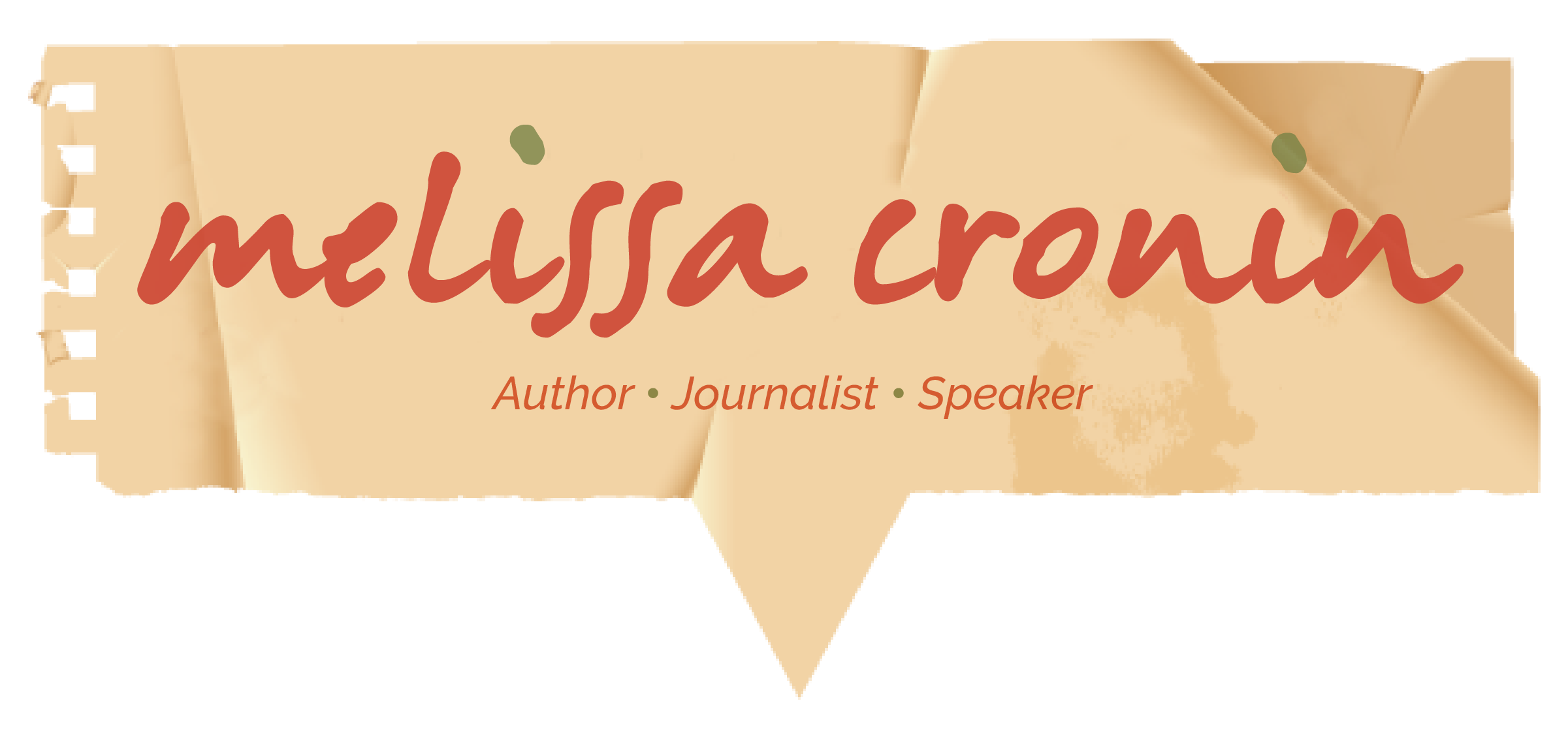Memoir Dialogue
When writing memoir we’re expected to tell the truth, the whole truth, and nothing but the truth, right? Blanket lying to readers is a definite no-no. For instance, I’ve never been to Abu Dhabi, so I can’t (or should not) write about the year I spent (did not spend) in this major cultural and commercial metropolis on coast of the Persian Gulf. But when writing memoir dialogue, it’s impossible to recall, say, the exact conversation you had with your grandmother just hours before she collapsed from a stroke twenty years ago, or precisely what your mother said to you when she dropped you off at school on your first day of kindergarten.
“We alter our memories just by remembering them,” says McGill University psychologist Alain Brunet. The more we recall a piece of dialogue, or event, the more we change it. So how do memoir writers stay as close to the truth as possible when writing dialogue? In every memoir workshop I’ve attended over the past eight years, that question has been the single, most urgent one asked by my writing peers. Dialogue is the brick-wall writers often fear scaling. It’s the aspect of memoir that can easily drive us to say, “Maybe I shouldn’t write this book after all.”
But, wait, if you’re working on a memoir, and considering giving up on it because you can’t seem to find a way over the dialogue wall, I’m here to spot you on your climb upward. This is what I learned about writing dialogue during a recent memoir retreat led by award winning authors Kate Moses and Elizabeth Cohen:
Unless you were blessed with the opportunity to record or write down every last word of the conversation you had with your grandmother twenty years ago, or happen to have had enough savvy as a kindergartner to crayon what I hope were your mother’s encouraging words, then you might want to try what is called the “subjunctive,” or “suggestive,” mode. In this case, you might preface the dialogue with “something like” or “as if.” You can also use “I imagine,” as in “I imagine my mother said, ‘Sweetie, you’ll be okay, I’ll be right here to pick you up …’”
The other option is to employ “representative” dialogue. For example, you might write, “Whenever I was afraid, my mother would assure me, ‘I’m here for you.’” It’s the word “would” which shows readers that your intention is to capture the sentiment of what your mother actually said. The dialogue does not have to be exact, as long as you convey the intended information: maybe it’s how comforted you felt knowing you could rely on your mother to protect you.
Use these strategies judiciously, though. Relying on them too often makes for an unwieldy narrative.
Another alternative is to announce, “I don’t remember what my mother said to me on my first day of kindergarten. All I know is that I was afraid.” Admitting you don’t remember makes you, the author, more credible.
If you’re looking for a good example of how an author recalls dialogue and scene from childhood, Kate and Elizabeth suggest reading Running with Scissors by Augusten Burroughs.
Good luck!

Recent Comments